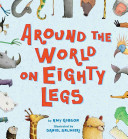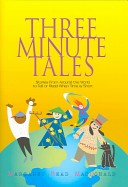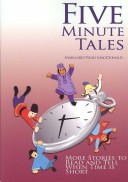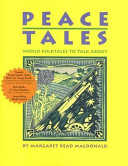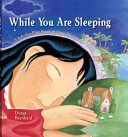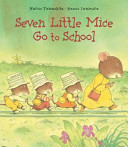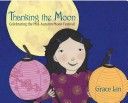
Tiny dynamo Nilly and his friend Lisa, first introduced in Doctor Proctor’s Fart Powder (S and S, 2010), return to save the day (and the doctor). At the end of their last outing, Doctor P. headed back to Paris to save the love of his life, Juliette Margarine, from having to marry evil Claude Cliché. A mysterious postcard from the past sends Nilly and Lisa on a mission to rescue him, both helped and hindered by the doctor’s crazy inventions, including a time-traveling bathtub and translating nose plugs. A whirlwind tour of French history ensues, including stops at the Moulin Rouge, the Tour de France, Waterloo, the Bastille, Monsieur Eiffel’s workroom, and Joan of Arc’s jail cell, with our heroes changing history right and left. Chasing them through time is Raspa, Proctor’s one-legged former assistant, inventor of time-travel soap, who makes the ultimate sacrifice to atone for past misdeeds.


